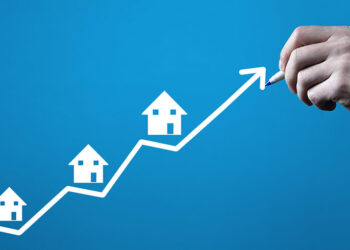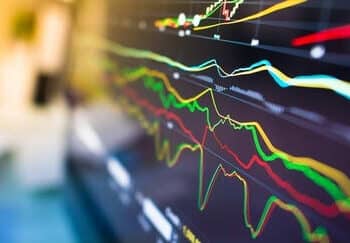AMP Capital chief economist Shane Oliver released a note on Thursday seeking to set the record straight about Australia’s national economic outlook.
“For years now, many have told us that Australia is heading for an imminent recession. By contrast, official forecasts have long been looking for several years of above-trend growth,” Mr Oliver said in the note.
“In the event, neither has happened and we don’t see them happening anytime soon.”
According to the latest figures released by the Australian Bureau of Statistics on Wednesday, national real GDP rose by 0.9 of a percentage point in the June quarter with year-on-year growth at 3.4 per cent, the fastest since September 2012.
Mr Oliver acknowledged that growth looked to be slowing down from here.
“The housing construction cycle is turning down as approvals trend down and the cranes come down.
“Growth in consumer spending is likely to slow given weak wages growth, high levels of underemployment and slowing wealth gains as home prices fall,” he added.
Drought as well as a slump in farm production could also knock 0.5 of a percentage point off economic growth each.
But this did not mean a recession was imminent, Mr Oliver said.
“Despite these drags, recession will continue to be avoided just as it has been over the past 27 years.”
Mining investment was no longer dragging on GDP growth, and public infrastructure spending was “rising and has further to go”.
“Net exports are likely to add to growth as the completion of resources projects boosts resources export volumes, although a US/China trade war is a threat here,” Mr Oliver said.
The chief economist also noted that profits from listed companies were on the increase.
“This is a positive for investment. While profit growth has slowed from 17 per cent in 2016–17 to around 8 per cent, it’s positive and 77 per cent of companies in the recent reporting season (the highest since the GFC) have seen rising profits,” Mr Oliver said.
“86 per cent of companies [are] raising or maintaining their dividends indicating confidence in the outlook.
“So while housing construction will slow and consumer spending is constrained, a lessening drag from mining investment and slightly stronger non-mining investment along with solid export growth provide an offset and are expected to see growth between 2.5-3 per cent going forward.”
This was slower than what the RBA expected, “but stronger than many doomsters see,” Mr Oliver concluded.
‘Slowing, but by no means a recession’: NAB
NAB senior economist Gareth Spence echoed Mr Oliver’s sentiments and agreed that the outlook was “overall pretty healthy”.
“Our view is we’re pretty far away from a recession as well,” Mr Spence told InvestorDaily.
“We probably see growth somewhere […] around 3 per cent over the next year and then maybe a bit of slowing in 2020.”
The slowdown in growth would be driven by a peak in exports as liquified natural gas (LNG) projects reached full capacity.
Consumption growth and the household sector were also sources of uncertainty.
However, there were still a number of projects in the pipeline in the construction sector, Mr Spence pointed out, and “overall monetary policy is still quite accommodative”, which would keep rates low.
“Overall those sorts of things point to a growing economy rather than a chance of huge shrinking.
“At least in the next two or three years I don’t think we’re anywhere close to what you’d define as a recession.”
The trigger for a recession would have to come from “a pretty big global event,” such as a slow-down in China, which would weaken exports.
Mr Spence agreed that a full-blown global trade war could trigger a recession – but said that this was not in NAB’s base case scenario.







